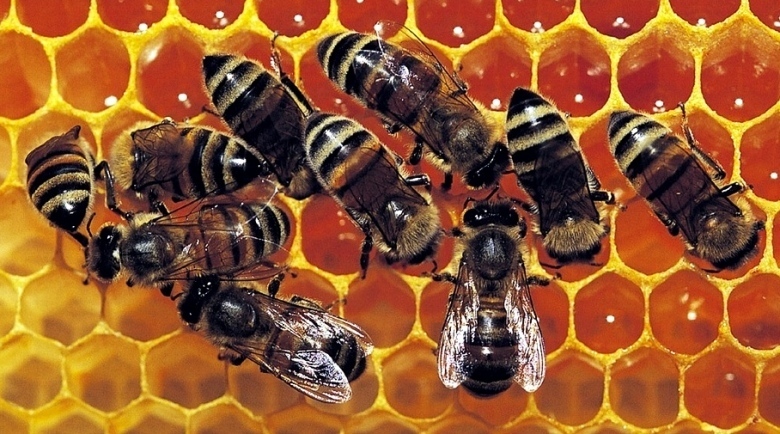
One of science’s strongest dogmas is that complex life on Earth could only evolve when oxygen levels in the atmosphere rose to close to modern levels. But now studies of a small sea sponge fished out of a Danish Fjord shows that complex life does not need high levels of oxygen in order to live and grow.
The origin of complex life is one of science’s greatest mysteries. How could the first small primitive cells evolve into the diversity of advanced life forms that exists on Earth today? The explanation in all textbooks is: Oxygen. Complex life evolved because the atmospheric levels of oxygen began to rise app. 630 to 635 million years ago.
However new studies of a common sea sponge from Kerteminde Fjord in Denmark shows that this explanation needs to be reconsidered. The sponge studies show that animals can live and grow even with very limited oxygen supplies.
In fact animals can live and grow when the atmosphere contains only 0.5 per cent of the oxygen levels in today’s atmosphere.
"Our studies suggest that the origin of animals was not prevented by low oxygen levels”, says Daniel Mills, PhD at the Nordic Center for Earth Evolution at the University of Southern Denmark.
Together with Lewis M. Ward from the California Institute of Technology he is the lead author of a research paper about the work in the journal PNAS.
A little over half a billion years ago, the first forms of complex life – animals – evolved on Earth. Billions of years before that life had only consisted of simple single-celled life forms.
The emergence of animals coincided with a significant rise in atmospheric oxygen, and therefore it seemed obvious to link the two events and conclude that the increased oxygen levels had led to the evolution of animals.
